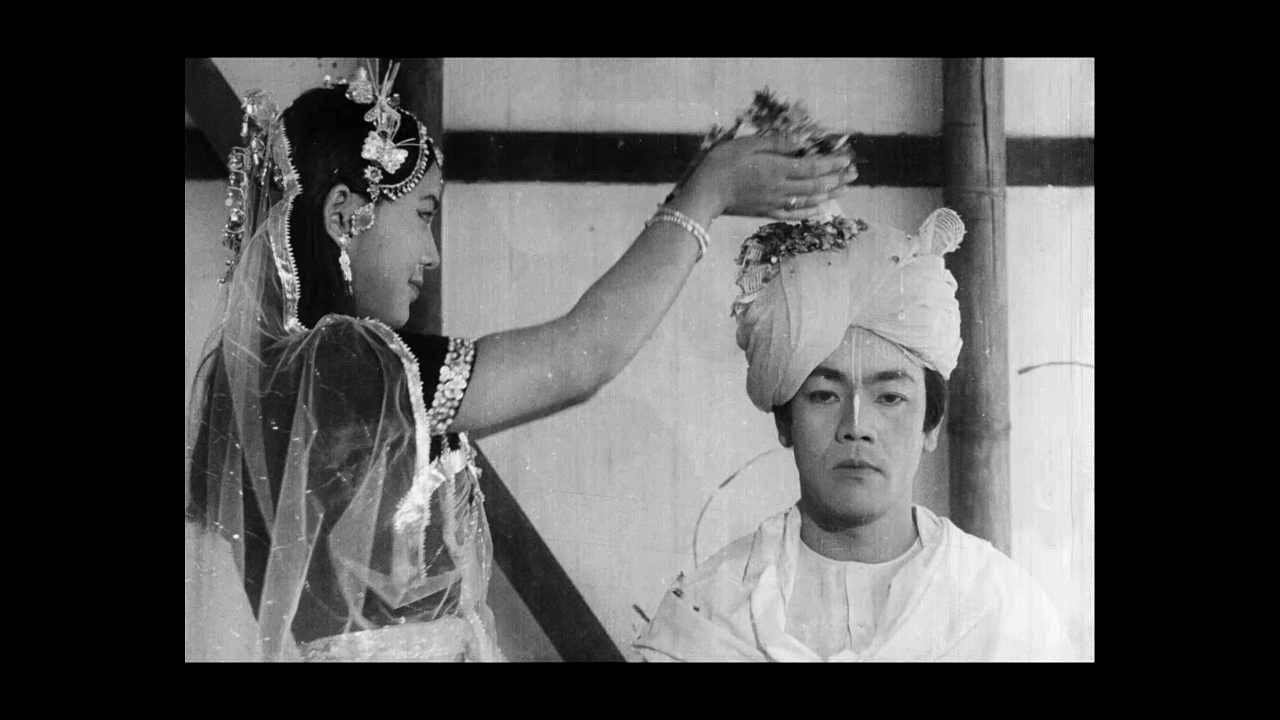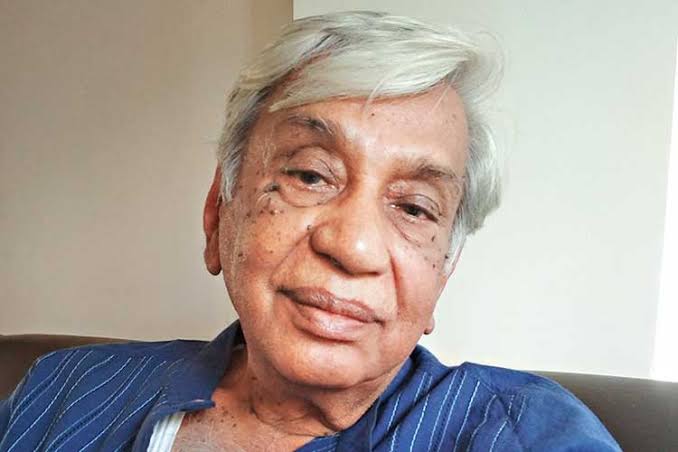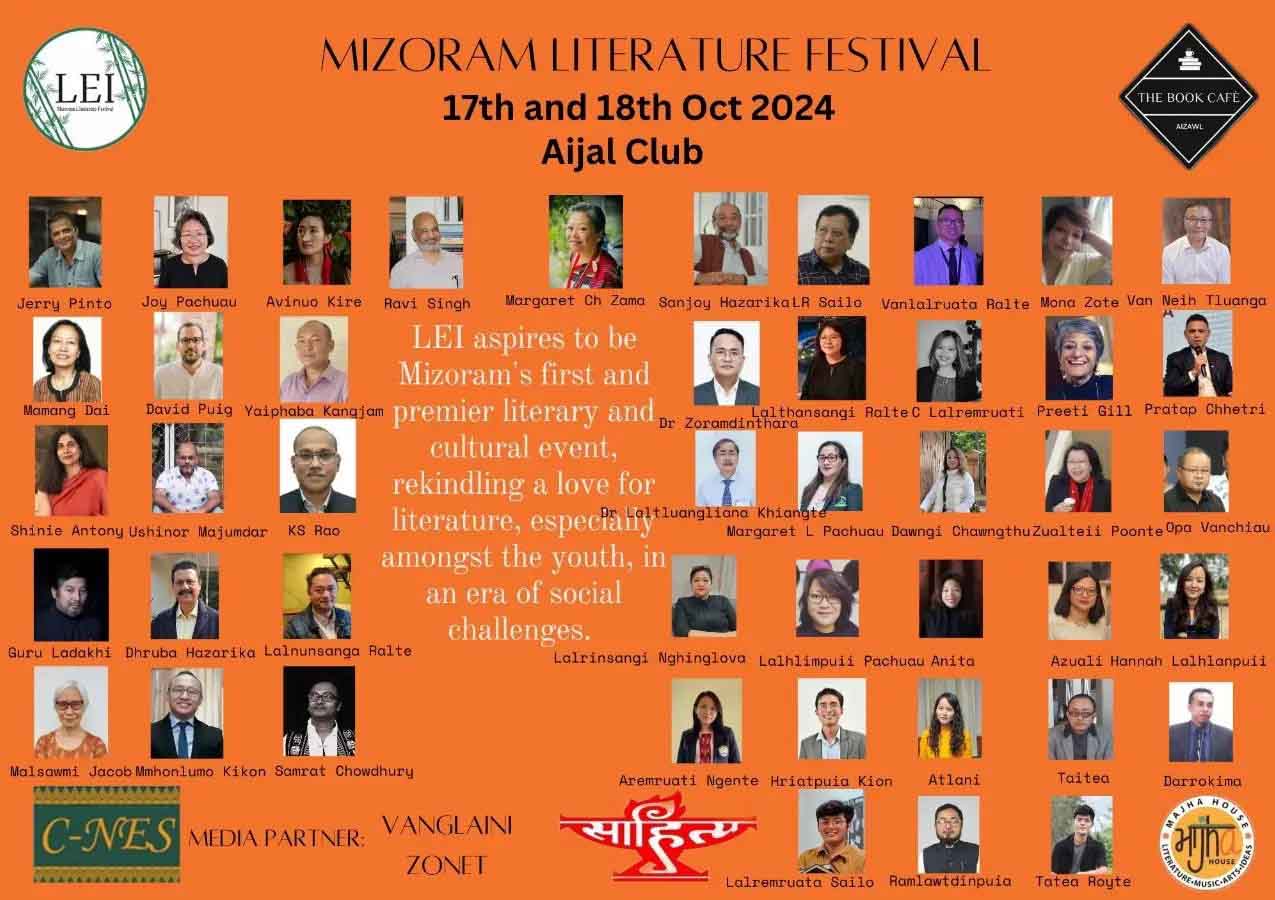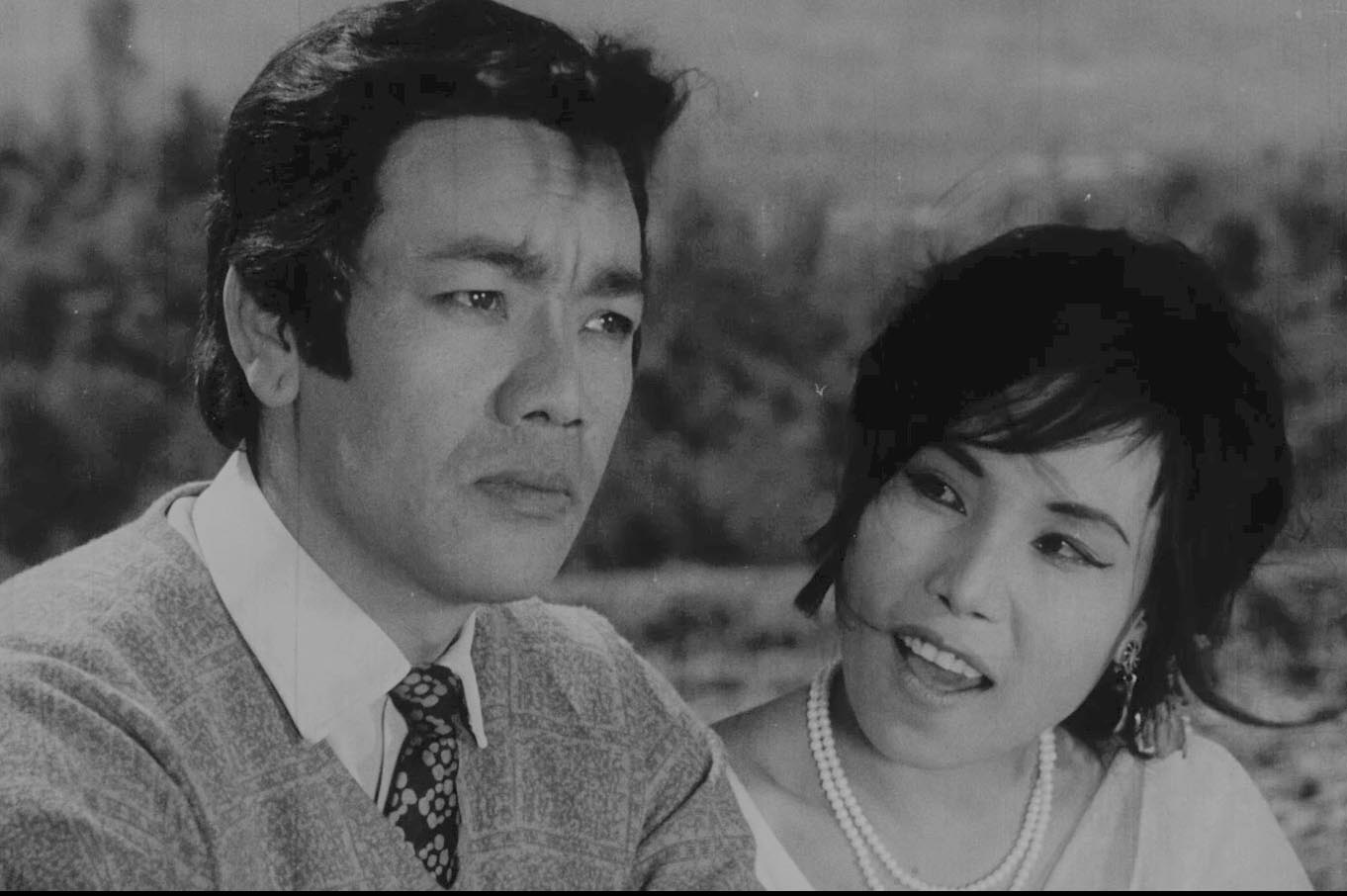(The following is an excerpt from Pradip Phanjoubam’s book “The Northeast Question: Conflicts and frontiers” published by Routledge. This passage occurs in the Chapter-5, titled “Inner Line as Outer Line II: The Empire and its colony”. We are reproducing it for it has relevance to the present boundary friction between Indian and China.)
Empire and its colony
There were also other seemingly remote turns of events in the diplomacy of the British Imperial Government, sometimes a consequence of the Great Game and, at other times, related to internal political exigencies, which too had a telling effect on the evolution of the Northeast. The most important of these is what I call a clash of maps of concerns between the British Empire and its various colonies, which has already been cursorily touched upon in the previous chapter. This clash had to do with security perceptions as seen from London and Simla/Calcutta, in which the interest of the Empire almost always prevailed over that of its colony, quite tragically leaving the burdens of these decisions on the colony when the Empire ultimately dissolved. This conflict of the large and small maps of concerns in the case of India had very definite dramatis personae. The pitch of this conflict also changed with regime changes in London. As it has turned out, the Liberals generally were the most hurtful to British India’s interest. There also emerged a broad pattern. Regardless of coming from a Liberal or Conservative background, executives who were posted in India turned to a stance closer to the vantage of the Conservatives on India’s security while those who functioned from London tended to take a more detached and academic assessment of these same security scenarios, much to the frustration of those on the ground.
At one end of this spectrum of differing political outlooks was John Morley, Secretary of State for India between 1905 and 1910 and again in 1911 and Lord President of the Council between 1910 and 1914. His Liberal leanings were well known and ‘he opposed imperialism and the Boer War, and his opposition to British entry into the First World War led him to leave the government in 1914’. At the other end was George Nathaniel Curzon, 1st Marquess Curzon of Kedleston, known as Lord Curzon of Kedleston between 1898 and 1911 and as The Earl Curzon of Kedleston between 1911 and 1921. He was ‘a British Conservative statesman who was Viceroy of India and Foreign Secretary’. Morley remained in office long after Curzon retired and the tussle between these two vantages expectedly became unequal.
Relevant to this discussion are the circumstances that ultimately shaped British India’s Tibet policy. As noted earlier, Curzon, who was deeply suspicious of Russian interest in Tibet, became certain Tibet either had to be under Indian control or, else, be made a protectorate state like Bhutan and Sikkim for India’s future security. The British India administration from the time of Viceroy Lord Dufferin towards the closing decades of the nineteenth century had come to be of the opinion that the Chinese control of Tibet was just fiction. This opinion was catalysed further by the abject inability of the Chinese government to have the Tibetans honour two treaties the British signed in 1890 and 1893 with China, the first fixing the boundary of the British protectorate state of Sikkim and Tibet, and the second on regulating trade between Tibet and India. After Curzon took charge as viceroy, the need to deal with the Tibetans became even more urgent, as Curzon believed the 13th Dalai Lama incarnate, the spiritual and temporal leader of the Tibetans, was leaning towards Russia.
The Younghusband Mission of 1904, which forced the 1904 Lhasa Convention, by which Tibet became virtually a protectorate state of the British, is the first major outcome of this aggressive stance. If this invasion is landmark, the drama that followed revealed even more the innards of the British administration, and the various contrary pulls within it. In the years ahead, the India Office in London, with Morley at the helm as secretary of state, would undo all of what the Lhasa Convention 1904 was supposed to have achieved in securing India’s northern boundary. All this on the plea that foreign policy interests of the Empire are not the same as those of the colonies and that the former was primary. The logic always was that the concession India seeks in Tibet would encourage other rival European powers to seek similar concessions in other areas of interest of the British Empire, such as in Persia, Afghanistan, Mongolia, China, Indo-China and so on. Continuing the duel after Curzon had departed, Morley wrote to Curzon’s successor, Lord Minto, in October 1906 that these ‘frontier men’ forget ‘the complex intrigues, rival interests and, if you like, diabolical machinations which make up international politics for a vast sprawling Empire like ours, exposing more vulnerable surface than any Empire the world ever saw’. Ironically, Minto, once in India, would also begin to see India’s security from similar lens as Curzon’s.
It is not difficult to imagine this drama characterising policy friction between the big and small maps of concerns even today in the functioning of independent India’s bureaucracy, which is, in very many ways, a replica of the British Empire’s bureaucracy. Indeed, it is not uncommon to hear of policy proposals by the bureaucracy in Indian states, especially weak remote states such as those of the Northeast, being shot down unceremoniously by the secretaries and even joint secretaries in the union government’s Ministry of Home Affairs, often on the presumption of a better vantage to assess national interest from the centre. It is thus imaginable how, just as once upon a time, India’s immediate interests were dismissed as myopic against the larger backdrop of the Empire’s interest, what the states see as their immediate and urgent interests would have often ended up sidelined by the union government on the charge that they were parochial.
Great Game Northeast
There is plenty of scholarship available on the Great Game, but few that try to connect the Great Game with the shaping of the Northeast’s physical and psychological geography. I will try to make this connection, and will primarily be depending on the works of some of these scholars to draw my conclusions. One is Alastair Lamb, whose two-volume monumental work The McMahon Line: A Study in the Relations between India, China and Tibet is rich in documentary details of politics that went into this complex relation between these countries. His only seeming weakness, as it were, is in his insistence that British India’s boundary in Assam lay at the foot of the northern hills, thereby endorsing China’s claim in the border dispute in this sector. I say this is a scholarship weakness not because he supports China’s claim, but because there is not a single legislation or regulation on record which created this ‘Outer Line’, which he claims existed alongside the ‘Inner Line’. The latter, unlike the former, definitely existed, having been created by the Bengal Eastern Frontier Regulation, 1873.
Another author who has left valuable information on the matter is Charles Bell, a Tibetologist and ICS officer who was once the British political officer in the British protectorate state of Sikkim. He was also the assistant of Henry McMahon in the Simla Conference of 1913–14, and is said to have been a friend of the 13th Dalai Lama and his representative to the Simla Conference, Lonchen Shatra. His book Tibet Past and Present, hence, gives an intimate and often personal account of the developments in Tibet during the crucial days of the Great Game, although there have been allegation that he was biased against the Chinese. There are Indian authors who have also looked into the matter in some depth. Of them, Parshotam Mehra stands out with his extensive work on Tibet affairs. Karunakar Gupta is another whose painstaking scholarship is far from being circumscribed by nationalistic interests. These authors were not writing about the Northeast specifically. Their accounts were of the Great Game as it played out on the vast canvas of Central and Inner Asia.
Westward roots
India, by and large, is a very Westward-looking country. This is not just in its march to modernity determined by an emphasis on science and technology, which is to be expected of any developing country, but also in its search for historical roots. Its dominant historical narrative, culture, and, indeed, people all trace their origin to the West. Therefore, while the Khyber Pass is imprinted prominently in the national archetypal memory as the route that gave India its soul, influences from the east in the making of India have never been given serious cognizance. This notwithstanding, culture being what it is, there have always been the osmotic ebbs and flows of mutual cultural influences in India’s east too that no political boundaries could stop. This reluctance to look east inherent in the overall Indian character should explain to a good extent why the Northeast has remained India’s area of darkness for so long. This outlook should again throw light on why before the British entered the region, India never had any serious Burma or Tibet policy. Whereas the outlook to Tibet changed drastically after 1962, India did not have a tangible Burma or South East Asia policy till the 1980s, when the idea of the much hyped ‘Look East Policy’ became current. Even this grand idea has not moved forward in any substantial way in the 30 years since, in the absence of any conscious drive from policymakers. Even if an increase in trade volume over the decades since 1980 does indicate a closer tie between the ASEAN and India, this connection has not been even remotely through the Northeast. In very many ways, the Northeast continues to remain an area of darkness, and this despite the fact that the dear price India paid for its blindness to the east is the disaster that befell it in 1962.









